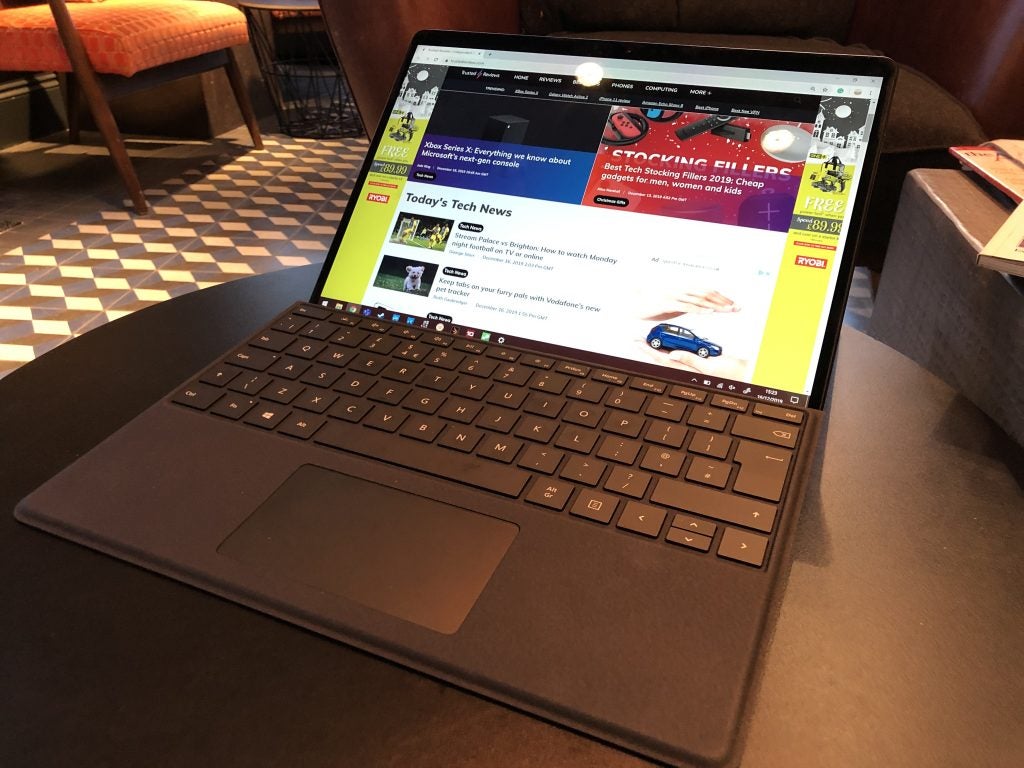

Customer is eligible for price adjustment only if the price of the purchased product is reduced during the Offer Period and in stock. Business, commercial, and reseller customers not eligible. Excludes Surface Hub, HoloLens, and Windows DevKit.

Low Price Promise: Valid on consumer purchases of physical products made at Microsoft Store online in the United States (including Puerto Rico) and Canada and at the Microsoft Experience Center in New York, NY, for 60 days from the date the customer receives the product (“Offer period”).See applicable Microsoft Terms of Sale for more information. Microsoft reserves the right to modify or discontinue offers at any time. Limited to 5 physical product returns total per eligible customer per purchase. Not available for purchases by reseller customers. Return process must be started within 60 days after customer receives the product. Returns: Available with eligible physical products purchased from Microsoft Store in select markets.Ozone changes would have a negligible effect on the amounts of solar radiation reaching the retina. There might also be an increase in the incidence of brunescent cataract. Larger changes, in the order of 50%, would be expected to have a significant effect. It is concluded that the changes of the order of a few per cent that are predicted by current models of the atmosphere, and which are comparable with natural fluctuations in ozone, would have relatively little effect on the incidence of solar keratitis at the cornea. Consideration of the flux of ultraviolet light reaching the earth's surface as a function of the ozone concentration and other factors allows the effect of ozone changes on ocular health to be evaluated. The possible adverse effects of man-made chemicals such as chlorofluorocarbons (CFCs) on this layer are outlined. The processes contributing to the maintenance of the natural, atmospheric, ozone layer, which screens the earth's surface from solar ultraviolet radiation at wavelengths below 300 nm, are described.


 0 kommentar(er)
0 kommentar(er)
